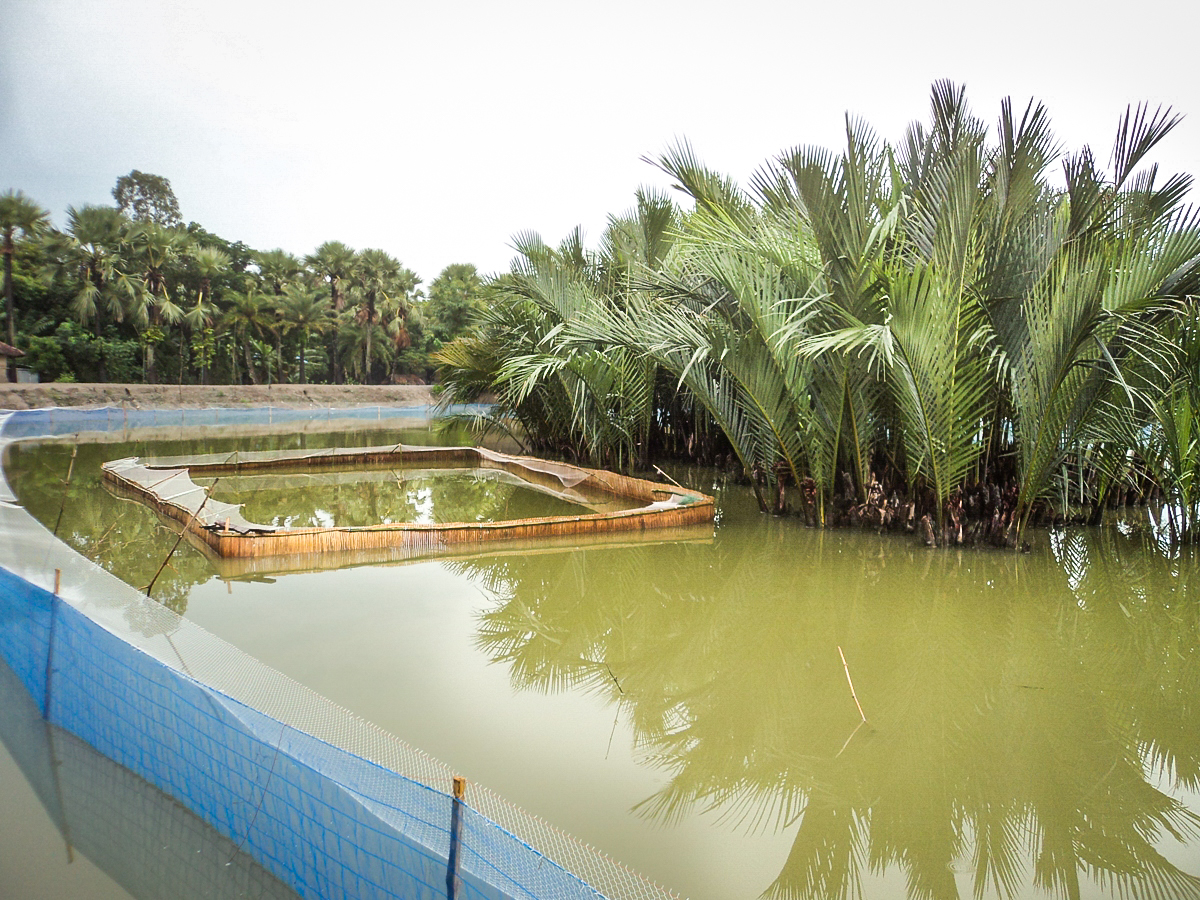SDM Project: Designing an Enhanced Bio-diverse Adaptation to Climate Change in the Sundarbans
30.11.2018
SUBMITTED ORGANISATION
Unnayan Onneshan (UO), Bangladesh
PARTNER ORGANISATIONS
Regular & grassroots partners:
Unnayan Onneshan provided technical assistance to form three co-operatives through a previous project on Community Based Management of the Sundarbans. The co-operatives were formed according to specific resource users. We have been working with these co-operatives since 2011.
・Harinagar Bonojibi Bohumukhi Unnayan Samity
・Koyra Bonojibi Bohumukhi Unnayan Samity
・Munda Adivasi Bonojibi Bohumukhi Unnayan Samity
National Government Partner:
Department of the Environment (DoE), Government of Bangladesh (GoB) – we have been working with the DoE in different capacities and would work with them in this project to input into the national CBD process.
UK and IPSI partner:
Forest Peoples Programme (FPP) – the UO has been partnering with FPP since 2006 at local level with the Cooperatives and at the international levels, including the CBD. The FPP has organized financial support for the UO activities in the Sundarbans. We are expecting that the FPP would also be involved in this project.
DATE OF SUBMISSION
November, 2018
REGION
Asia
COUNTRY
Bangladesh
KEYWORDS
Bio-diverse adaptation, climate change, Sundarbans, IPLCs, ILK, Community-based innovation, Aichi targets, SDGs
FOCAL POINT
Dr. Rashed Al Mahmud Titumir, Chairperson
Abstract
This project aimed at designing a pilot project by assessing the sustainability of a traditional knowledge based integrated cultivation method, innovated by the indigenous people and local communities (IPLCs), which combines some floral and faunal species as a response to the critical impacts of anthropogenic pressures and climate change on the Sundarbans of Bangladesh. The method has been termed as Community Based Mangrove Agro-Aqua-Silvi-Culture (CMAASC). The key objective was to examine whether the method can contribute to the biodiversity conservation and adaptation to climate change as well as whether such can be scaled up if the practice is found to be sustainable. In doing so, the project organized group consultation with the traditional resource users, conducted participatory vulnerability resource assessments, specified sustainability indicators, assessed the cultivation method based on the indicators, undertook a cost-benefit analysis, verified and finalized the findings, designed a pilot project and disseminated the findings at policy level. Expected output of the project were: (a) assessment of the sustainability of CMAAS Culture in terms of biodiversity conservation and adaptation to climate change, and (b) designing of a fundable pilot project at a broader level for (i) restoration of vulnerable ecosystem of Sundarbans from climate pressures, (ii) promotion of alternative climate-resilient livelihoods that will ensure food security in the project area and (iii) increased pro-IPLCs policy responsiveness from the government in relation to climate change. The project particularly falls in line with Objectives 1 & 2 of IPSI Strategic Objectives and with Aichi Biodiversity Targets of 10 & 15. Also, the project is expected to contribute to Sustainable Development Goal-13. The project is innovative mainly because of its application of an integrated ecosystem approach and of its potential high replication capacity. Finally, it is hoped that the long term continuation of the project will be secured mobilization of funds for running the project in future.

An experimental Community Based Mangrove Agro-Aqua-Silvi-Culture (CMAASC) plot in the Sundarbans, Bangladesh

Aqua culture in a CMAASC plot

